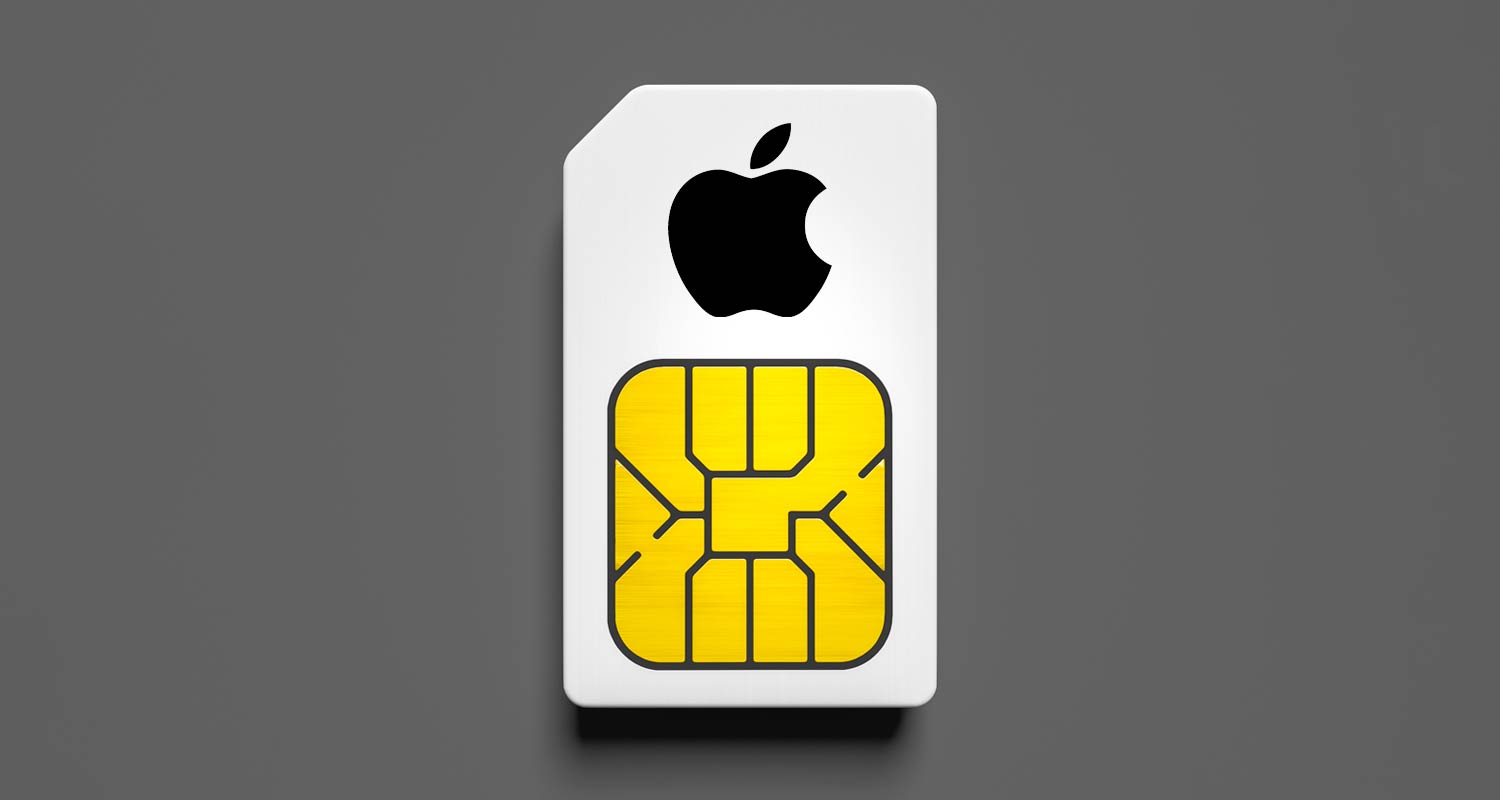 When Apple ditched the physical Sim slot in the iPhone 14 for the US market, it was expected that the company would soon do the same for the rest of the world.
When Apple ditched the physical Sim slot in the iPhone 14 for the US market, it was expected that the company would soon do the same for the rest of the world.
However, the iPhone 15 models, announced this week, that are sold outside the US will continue to have a physical Sim tray in addition to supporting eSims.
Apple’s decision to remove the physical Sim trays from US versions of the iPhone 14 was viewed as the first step in phasing out physical sim cards for good.
It’s not clear why Apple hasn’t moved more aggressively to replace physical Sims with eSims in markets outside the US, or when it might ditch the tray.
Meanwhile, another long-awaited addition to the iPhone – a USB-C port – is now reality, with Apple finally ditching its proprietary Lightning connector after the EU forced the company into adopting the USB-C standard (Apple claims it was going to make the shift anyway).
Although all new iPhone 15 models have USB-C ports, the pricier Pro and Pro Max models support more modern USB 3 technology, while the base and Plus models have the older (23 years old, to be exact) USB 2, which limits data transfer rates to just 480Mbit/s. In contrast, the USB 3 port in the iPhone 15 Pro and Pro Max allows for a data transfer rate of 10Gbit/s.
This significant difference may only matter to a small portion of users who regularly need to transfer large files between devices. But being limited to USB 2 speeds on the iPhone 15 base model, which starts at US$800 (R15 000 before VAT and import duties), is likely to raise eyebrows.
Charging speed
Charging speeds, however, are a universal concern.
All iPhone 15s come with a type-C to type-C cable in the box (there’s no wall charger). Just like its predecessor, charging may be limited to just 20W – though this won’t be known until the first reviews are in.
What is likely, though, is that the iPhone 15 USB-C charging ports will exhibit behaviour similar to the USB-C ports in iPads and MacBooks. These devices charge at the same rate, even with non-standard cables, provided the cables meet the devices’ power requirements. – © 2023 NewsCentral Media




